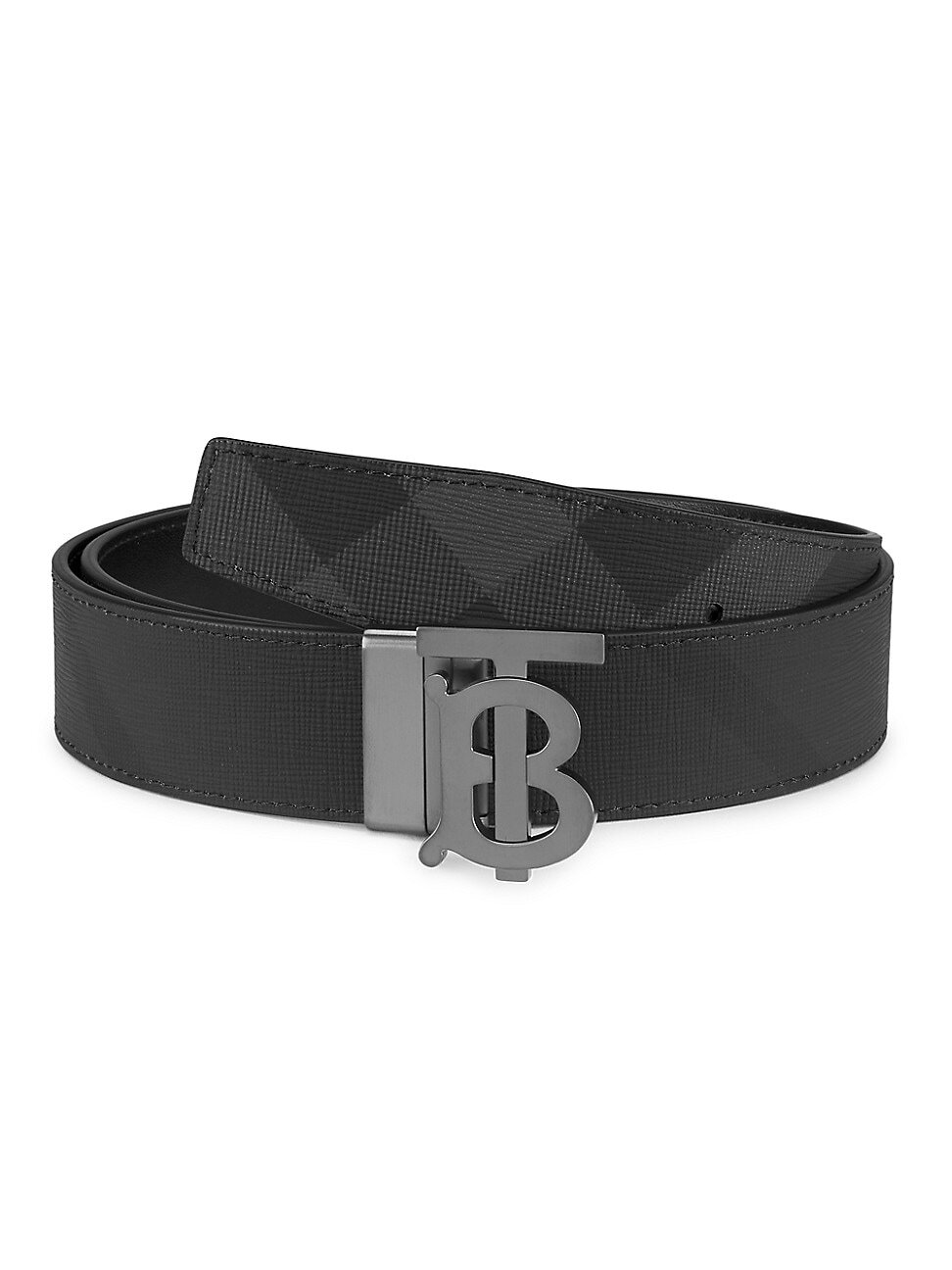Burberry is a British luxury fashion brand that has been in existence since 1856. The brand is known for its iconic trench coats, classic designs, and timeless elegance. One of the products that have contributed significantly to the brand’s popularity is the Burberry Belt. Over the years, the Burberry Belt has undergone significant changes in design, materials used, and production techniques, contributing to its growth in popularity and influence on the fashion industry. In this article, we will explore the history of Burberry Belt and its evolution in design, materials, and production techniques, and its influence on the fashion industry.

Early Design of Burberry Belt
The early design of Burberry belts dates back to the brand’s inception in 1856. Thomas Burberry, the founder, initially focused on creating durable outerwear, including trench coats. Belts were introduced as functional accessories to cinch the waist and enhance the fit of these coats.
The early design of Burberry belts featured a simple and practical approach. They were often made from sturdy leather materials with minimal embellishments. The belts were designed to be adjustable, allowing wearers to customize the fit to their preference.
Burberry belts in this era were primarily focused on functionality, providing a secure and stylish way to wear the brand’s signature trench coats and other outerwear pieces.
Evolution of Materials in Burberry Belts
As the fashion industry evolved, so did the materials used in Burberry belts. Initially, leather was the primary material choice due to its durability. However, the brand expanded its range to include various other materials to cater to different tastes and trends.
In recent years, Burberry has embraced sustainable practices and introduced eco-friendly materials in their belt designs. This includes the use of recycled leather, organic cotton, and innovative materials like Piñatex, a leather alternative made from pineapple leaf fibers.
The evolution of materials in Burberry belts aligns with the brand’s commitment to sustainability and reflects the growing importance of ethical fashion in the industry.
Advancements in Design Techniques
Over the years, advancements in design techniques have allowed Burberry to create belts that are not only functional but also aesthetically pleasing. The brand has embraced innovative design elements that enhance the overall look and appeal of their belts.
One significant design technique used by Burberry is the incorporation of the brand’s iconic check pattern. This distinctive pattern, featuring the beige, black, and red plaid design, has become synonymous with Burberry and is often featured on the belts as a way to showcase brand identity.
Burberry has also experimented with different buckle designs, ranging from classic rectangular buckles to unique, statement-making designs. The use of various buckle styles allows customers to choose a belt that aligns with their personal style and preferences.
Sustainable Production Techniques
In recent years, Burberry has made significant strides in adopting sustainable production techniques for their belts. The brand has committed to reducing their environmental impact by implementing innovative and eco-friendly practices throughout their supply chain.
One notable sustainable production technique employed by Burberry is the use of recycled materials. By incorporating recycled leather and other sustainable fabrics into their belt production, the brand reduces waste and minimizes their carbon footprint.
Additionally, Burberry has placed a strong emphasis on ethical manufacturing practices, ensuring fair working conditions and fair wages for their workers. This commitment to social responsibility aligns with the brand’s dedication to sustainable fashion.
In conclusion, the evolution of design, materials, and production techniques in Burberry belts reflects the brand’s commitment to innovation and sustainability. From the early focus on functionality to the incorporation of eco-friendly materials and the use of sustainable production techniques, Burberry continues to adapt and evolve within the fashion industry. The brand’s belts showcase a blend of timeless design elements and contemporary trends, appealing to a wide range of customers while maintaining the brand’s signature style and quality.